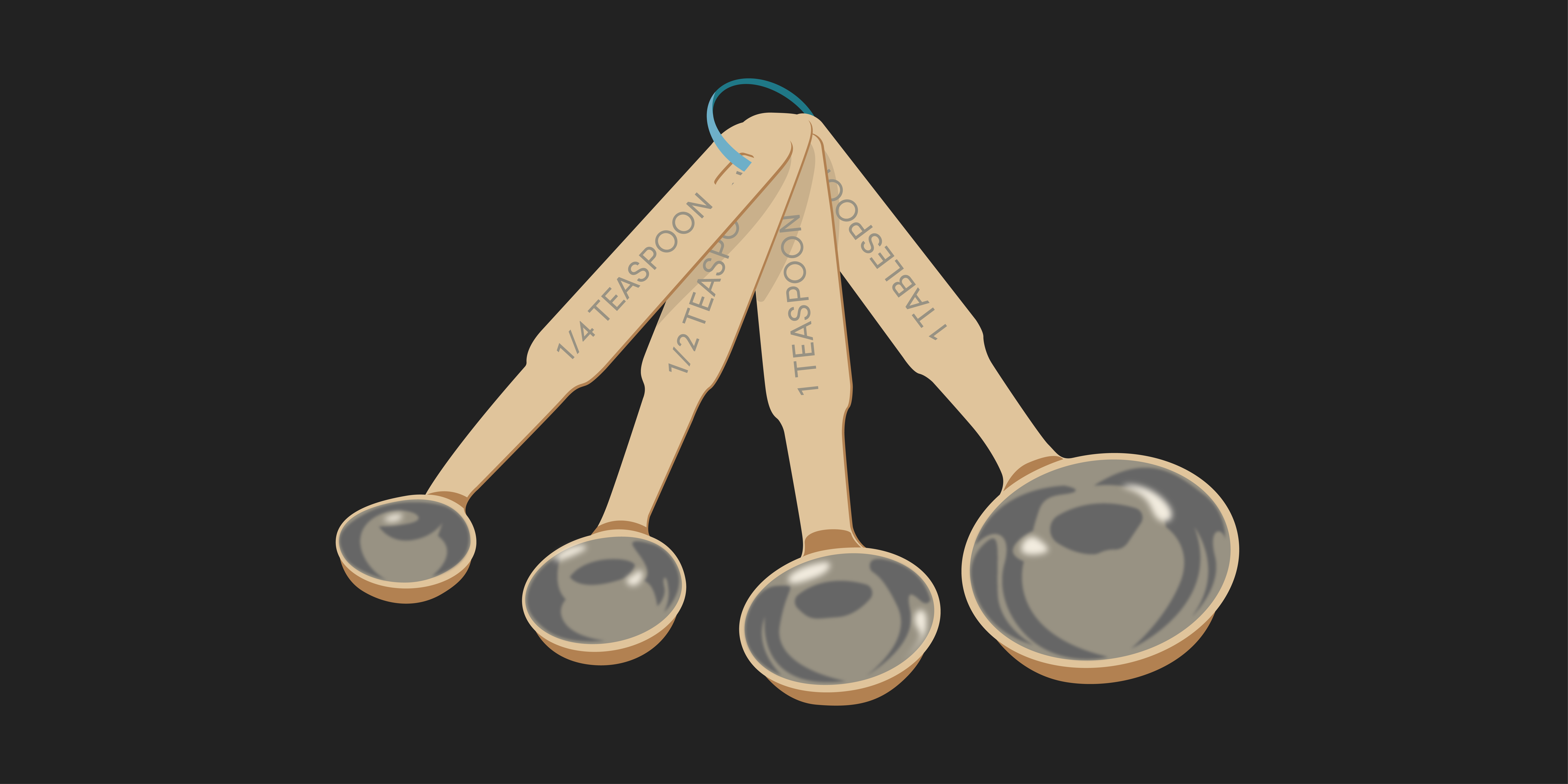Margin trading allows you to buy more investments while not having to use all of your own money. However, this form of using borrowed money is not recommended for the novice investor.
Margin Trading is a form of using borrowed money to invest. What sets it apart from other ways of using borrowed money is that you can buy a lot of shares while not having to pay the entire amount up front.
For example, if you want to use your line of credit to buy $1,000 worth of Sawtooth National Bank shares, you will have to pony up the entire amount of money at the time of purchase. But if you bought the shares on margin, you would only have to come up with, for example, just under a third of the amount.
Margin trading accounts can be set up with your broker or your bank. The interest rate in 2016 for margin trading accounts at Canadian banks was 4.5 per cent. That’s about midway between what the bank would charge you for a secured or unsecured line of credit.
At the outset, you would have to deposit an amount of eligible securities or cash as collateral. TD Ameritrade, for example, demands at least $2,000 in equity.
The amount of money you put up to buy a security depends on what stock you are buying and from what exchange. You will pay more for stocks deemed riskier or that sell for less than a certain amount.
For example, TD Direct Investing would require an investor to plunk down 30 per cent for a TSX listed/IIROC Approved List stock that was selling for $5.00 and up. You would have to come up with 50 per cent of the share price for a stock listed for $3.00 and under. And for shares listed on the TSX Venture Exchange, the margin requirement is 75 per cent while there is no point using margin for stocks $3.00 and under as you would have to pay the full amount of the price.
The risk meter accelerates in the case of short selling on margin, which is not surprising considering that shorting a stock has greater potential for losses than holding a long position. Having a long position means you hope the stock will gain value. But having a short position means you believe the value of the stock will go down. Obviously, the risk is greater in having a short position primarily because if you lose money in a stock while holding a long position, you can’t go lower than zero. However, if you’re wrong about your short position, there is no telling how high the stock can go.
When you short a stock, you borrow shares from your brokerage firm and immediately sell them. If it all works out, you can then buy the stock back at a lower price and replace the shares. You then get to keep the difference between the higher selling price and the lower repurchase price.
Because of the higher risk and the belief that your stock will lose money, the margin requirements for a short position are much stiffer. In fact, your margin account would have to contain at least 130 per cent of the stock you’re taking the short position in. The amount of equity you must pay up front is also much higher, in the neighborhood of $25,000.
There are also risks with taking long positions with margin trading, the chief one being that your holdings go down in value.
You could easily get to a point where the value of your holdings deteriorate to a point where your margin obligations can’t be met, meaning you have to inject more cash into your margin account or sell securities to make up the difference.
Look at it this way: you were able to buy a stock on margin with only a 30 per cent down payment and you are able to pocket all the profits. Likewise, if it goes down in value, the loss is all yours.
Make no mistake, margin trading is risky and is not recommended for the novice investor. Conventional investing already has plenty of risks, the main one being you don’t know what a company’s performance will be like a year from now.
The investor is well-advised to discuss this form of investing with her financial advisor.





